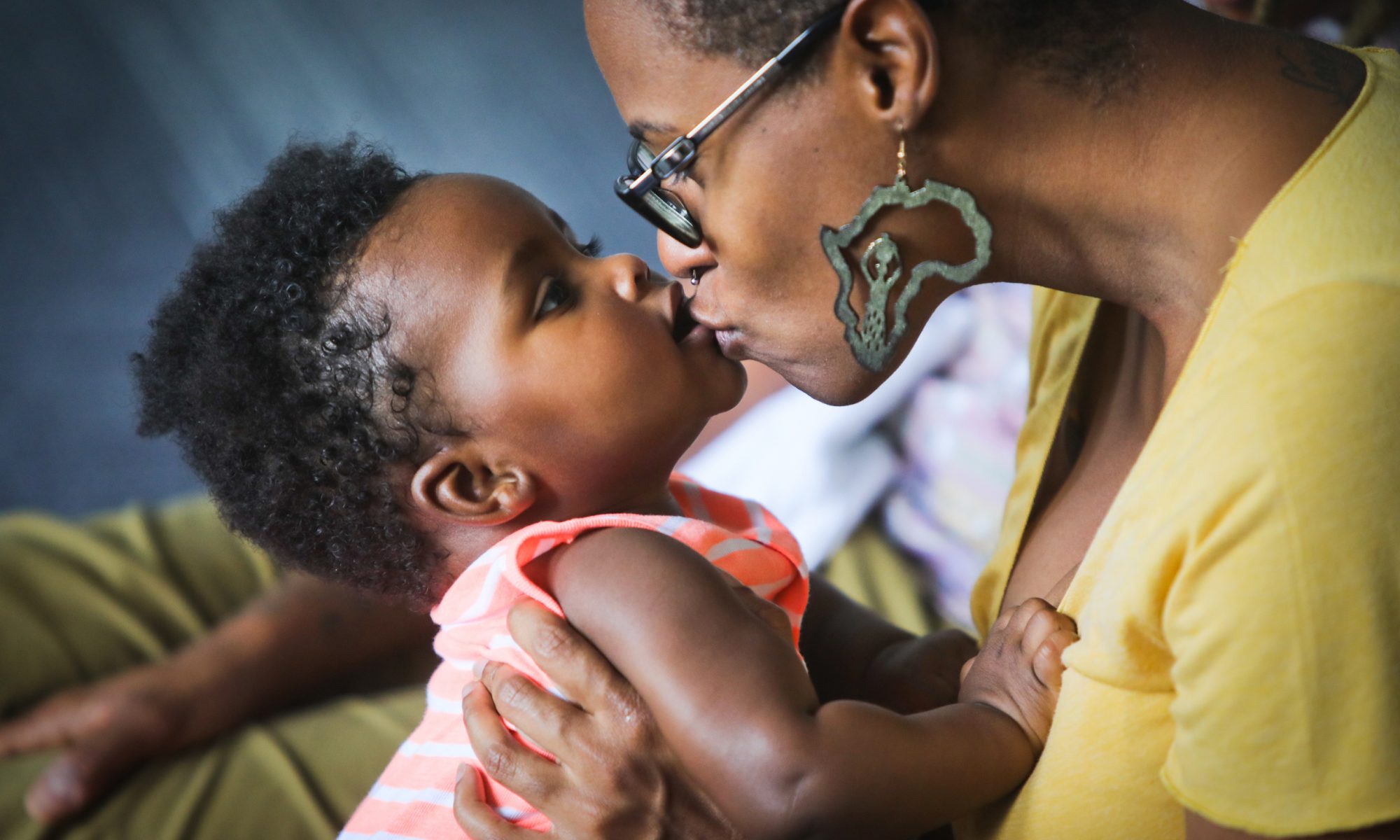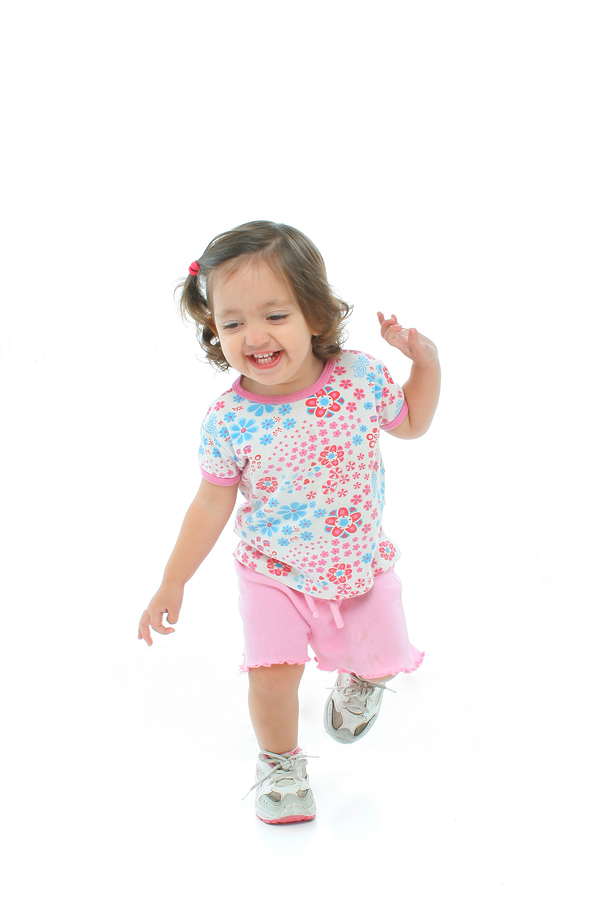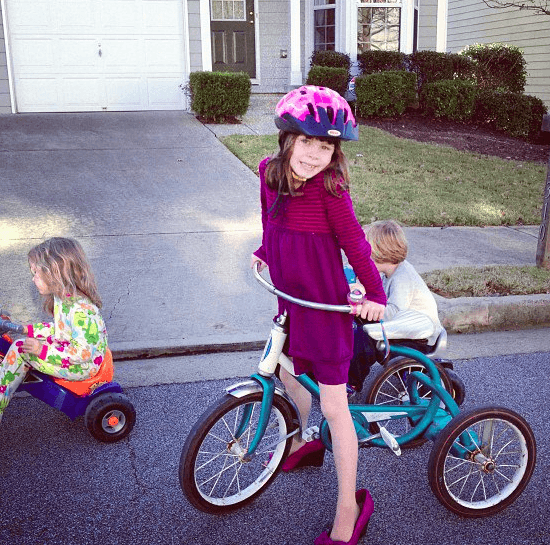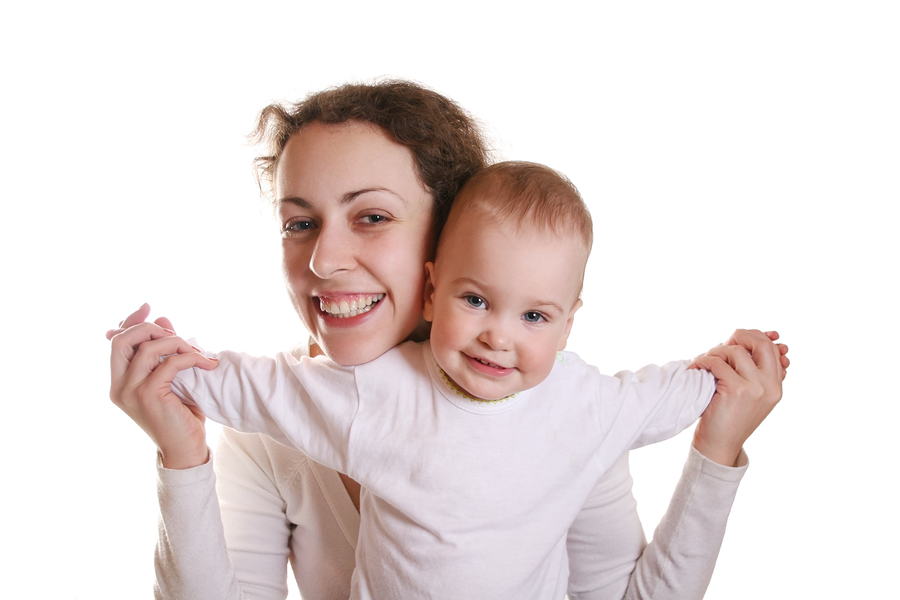 Winter time is always a challenge, no matter where you live. If it’s not snowy, it’s rainy. And often it’s cold – too cold to be outside. Or you’re all trying to get well from the latest virus that the whole family passed around one by one. So what’s a parent – and a kid! – to do when you’ve been cooped up inside the house for too long? We suggest that you get moving… to some music, that is!
Winter time is always a challenge, no matter where you live. If it’s not snowy, it’s rainy. And often it’s cold – too cold to be outside. Or you’re all trying to get well from the latest virus that the whole family passed around one by one. So what’s a parent – and a kid! – to do when you’ve been cooped up inside the house for too long? We suggest that you get moving… to some music, that is!
The easiest way to get started is just to turn on some lively music – you know, that kind that has your feet going and your hands clapping before you even know it. Even just a minutes of carefree, not-thinking-about-the-laundry dancing with your child can turn around the day around for both of you! Of course, movement is not just important for helping children let off a little steam or pent-up energy, but it is also a key factor in their overall development. And it’s a great way for a child to be able to get close to and connect with someone she loves.
You might also enjoy moving in a slightly more “structured” way by making a small circle and doing a circle dance. Remember “Ring Around the Rosie”? Circle dances like “Ring Around the Rosie” actually help your child focus on directing and moving her busy little body. She also becomes aware of her body in relation to the larger physical space. She learns about coordinating her movements with the words of the song. Plus, she increases her memory and attention span as she follows the simple sequence of steps. Who knew a little dancing could accomplish so much?!
By the way, if you’re looking for some new music, or you just want some high-quality children’s music recordings that the whole family will love, now is the perfect time to peruse the hundreds of selections at play.kindermusik.com.
Contributed by Theresa Case, director of Piano Central Studios in Greenville, SC, whose Kindermusik program at Piano Central is in the top 1% of Kindermusik programs worldwide.



 Understanding and accepting similarities and differences among people is the foundation of Social Studies skills in the early childhood years. Teaching social studies through the arts, including music education, increases children’s understanding and engagement and also gives voice to cultures that may not be reflected in the current classroom or community.
Understanding and accepting similarities and differences among people is the foundation of Social Studies skills in the early childhood years. Teaching social studies through the arts, including music education, increases children’s understanding and engagement and also gives voice to cultures that may not be reflected in the current classroom or community.

 It’s coming, one day soon (if it hasn’t already). Your child will want to learn how to ride a bike—the big kid kind. There will be spills and thrills for both of you as your helmeted child learns how to balance and maintain the right rhythm and tempo for pedaling and braking. Shouts of “Don’t let go!” “I need a push!” and “Arggg!” will be commonplace until that moment when it all comes together and your child successfully rides down the street.
It’s coming, one day soon (if it hasn’t already). Your child will want to learn how to ride a bike—the big kid kind. There will be spills and thrills for both of you as your helmeted child learns how to balance and maintain the right rhythm and tempo for pedaling and braking. Shouts of “Don’t let go!” “I need a push!” and “Arggg!” will be commonplace until that moment when it all comes together and your child successfully rides down the street.
